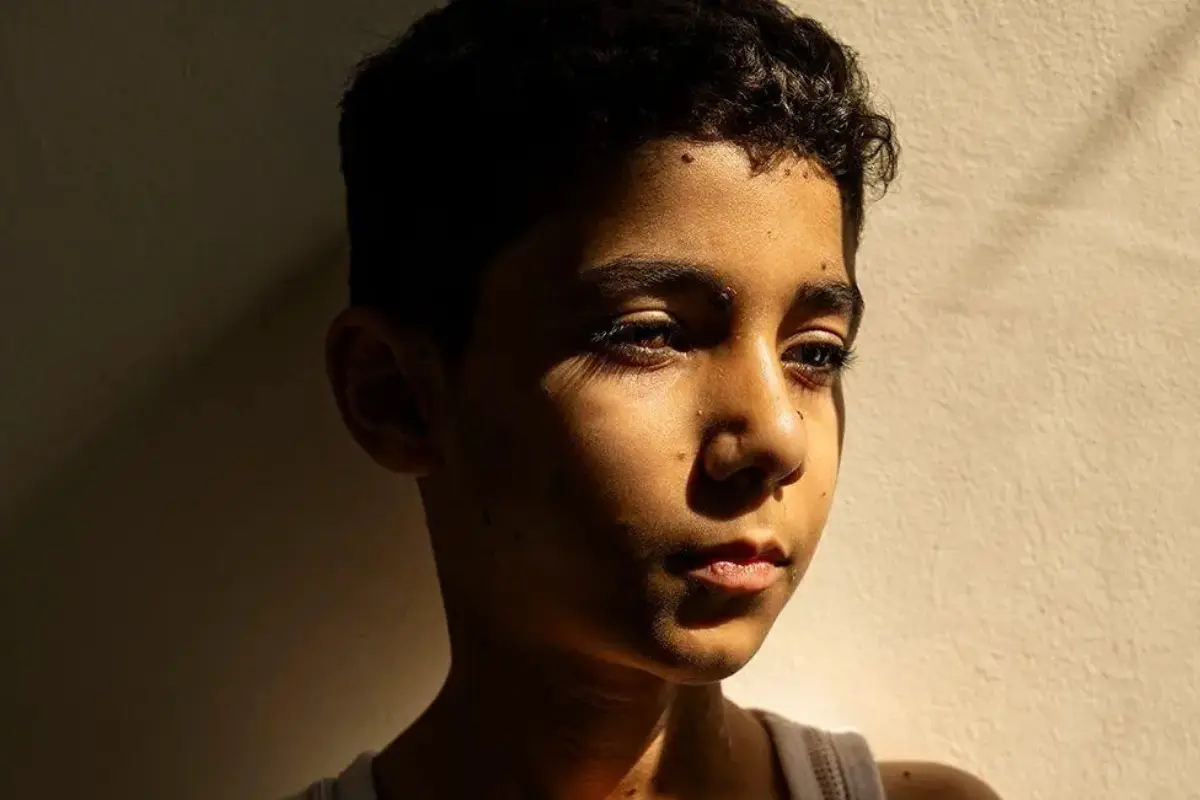A single shaft of late‑afternoon light frames nine‑year‑old Mahmoud Ajjour’s face. Where arms once were, the silhouette ends at bare shoulders. It is this quiet, searing image—captured in Doha last June by Palestinian photo‑journalist Samar Abu Elouf for The New York Times—that a global jury has crowned World Press Photo of the Year 2025.
Mahmoud was fleeing Gaza City with his family in March 2024 when an explosion severed one arm and left the other so badly injured it was later amputated. Evacuated to Qatar for treatment, he found himself reunited with Elouf, who had herself been forced out of Gaza months earlier. “When he realised his arms were gone, the first thing he asked his mother was, ‘How will I hug you?’,” Elouf recalled after the announcement, says media sources.

Jurors praised the portrait for pairing “stripped‑back simplicity with historical weight,” placing the ongoing civilian cost of the Gaza genocide firmly in the public eye. Since October 2023, more than 51,000 Palestinians—many of them children—have been killed, according to Palestinian officials.
Elouf’s photograph topped 59,320 entries from nearly 3,800 photographers across 130 countries. The two other global finalists tackled very different crises, including John Moore’s moonlit picture of Chinese migrants shivering after crossing the U.S.–Mexico border, and Matheus Alves’s aerial view of drought‑scarred Amazon forest in Brazil.
The winning and shortlisted works premiered on 18 April at Amsterdam’s De Nieuwe Kerk and will tour more than 60 cities—including London, Sydney and São Paulo—through early 2026.
For many Palestinians, Mahmoud’s quiet gaze now stands alongside iconic wartime photographs—from Nick Ut’s “Napalm Girl” to Kevin Carter’s Sudan famine picture—offering the world a deeply personal entry point into a sprawling injustice.




